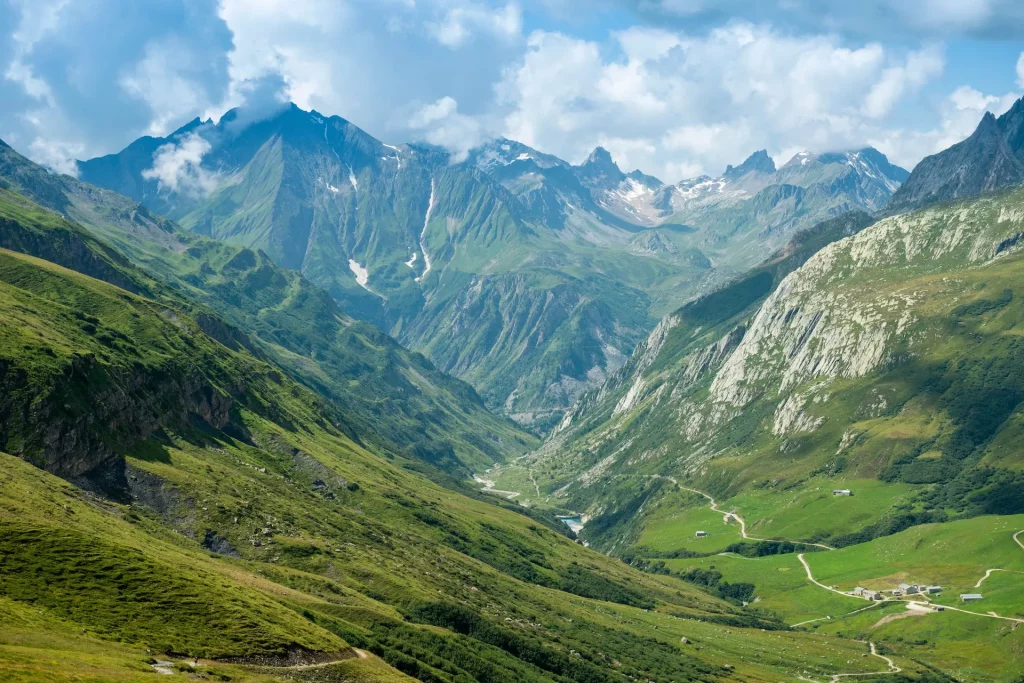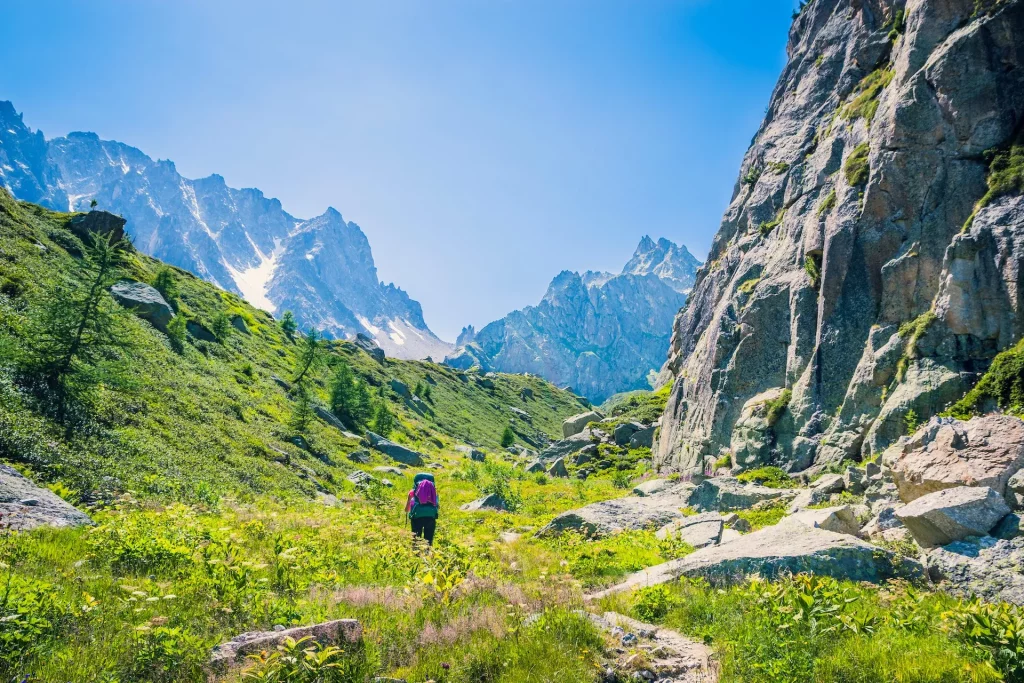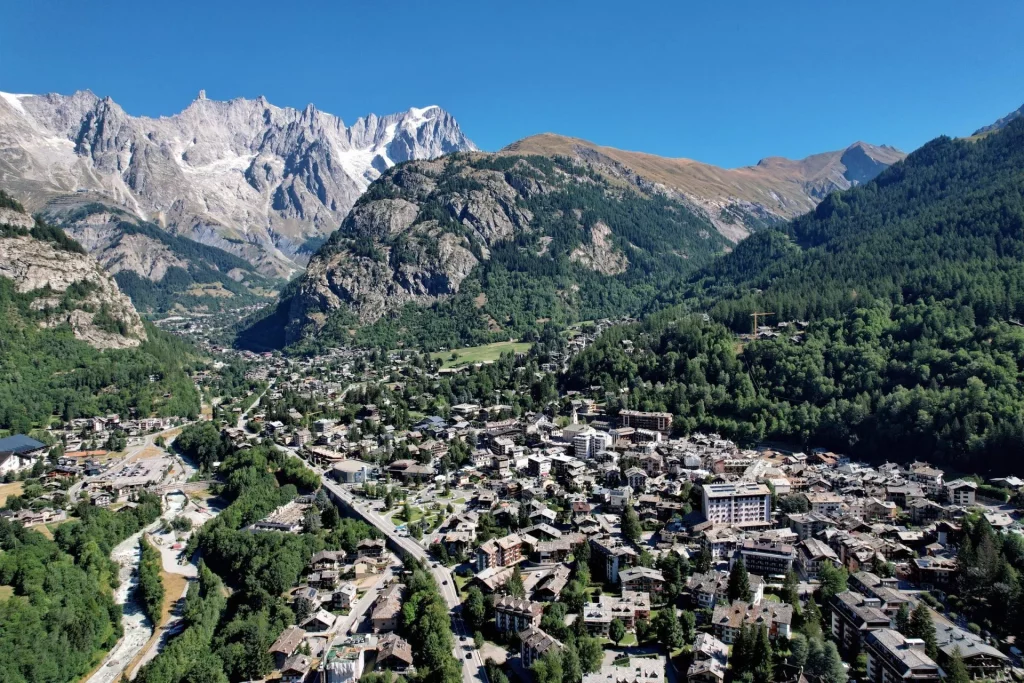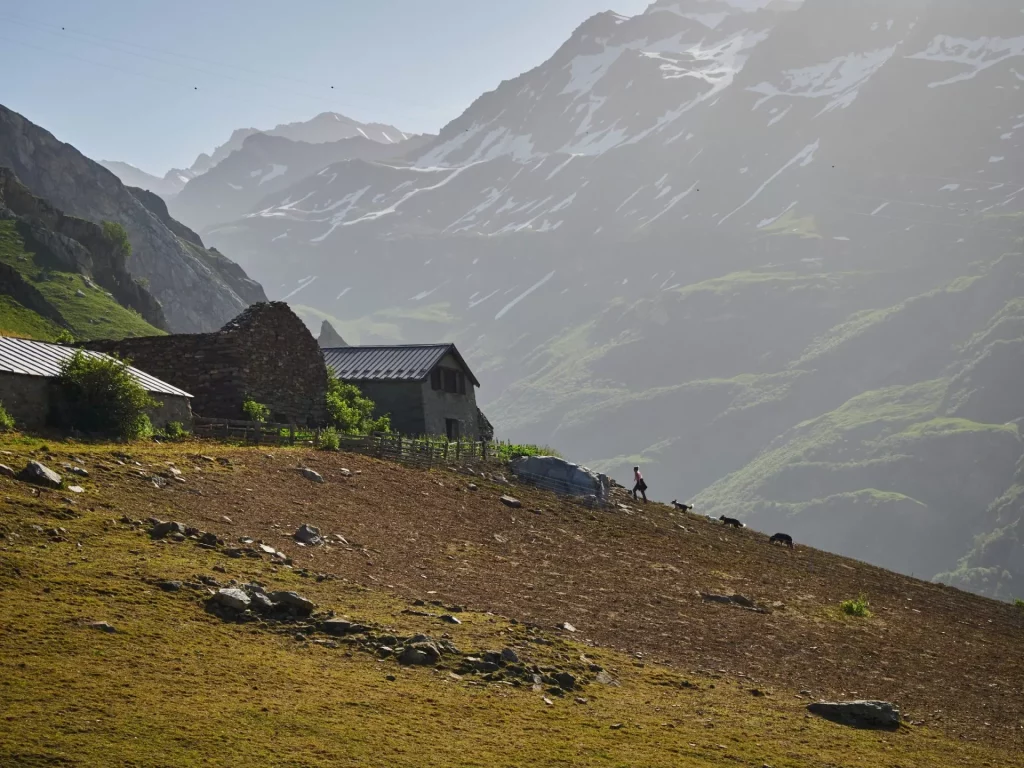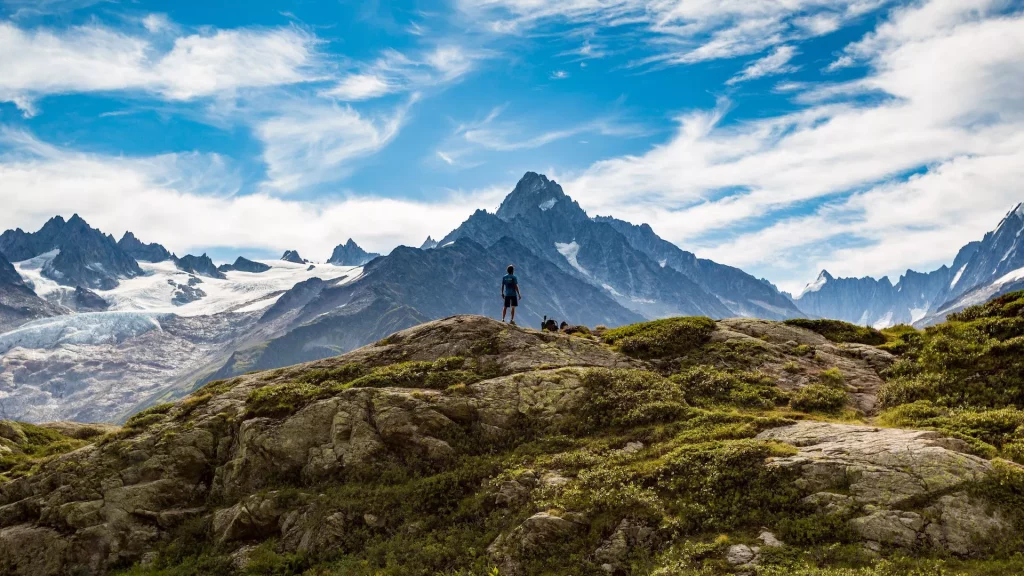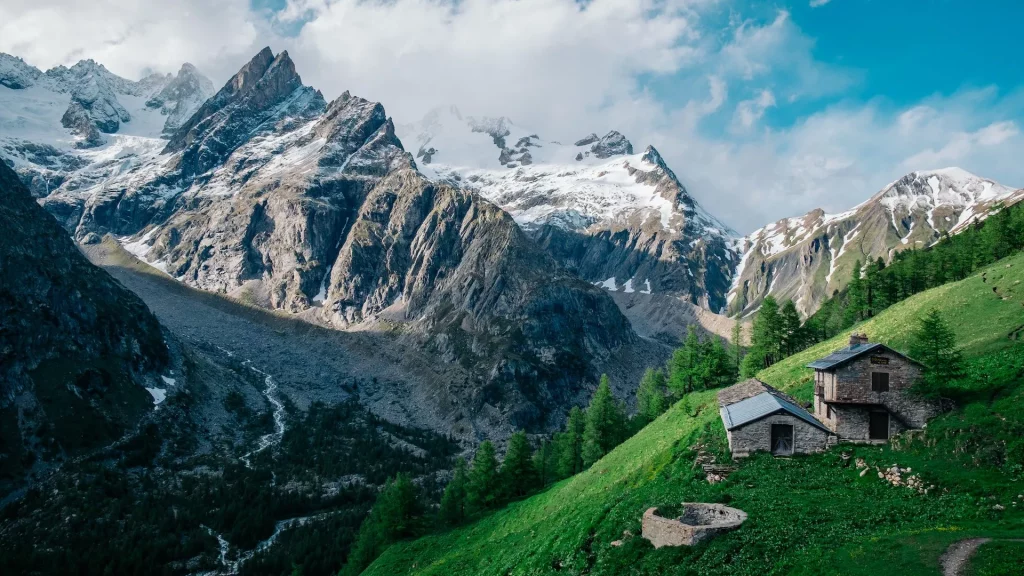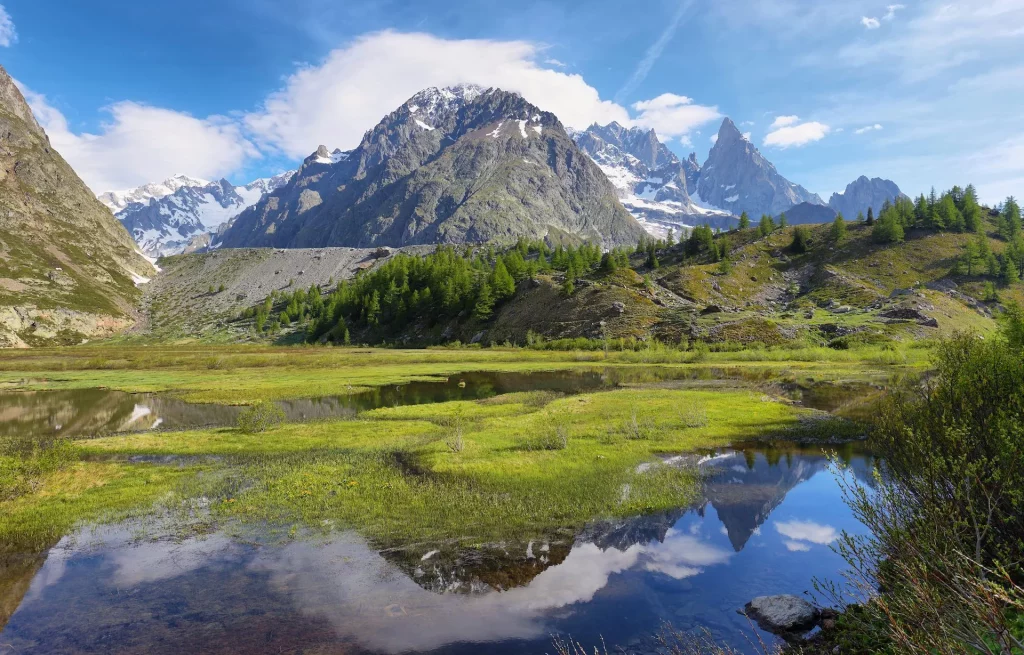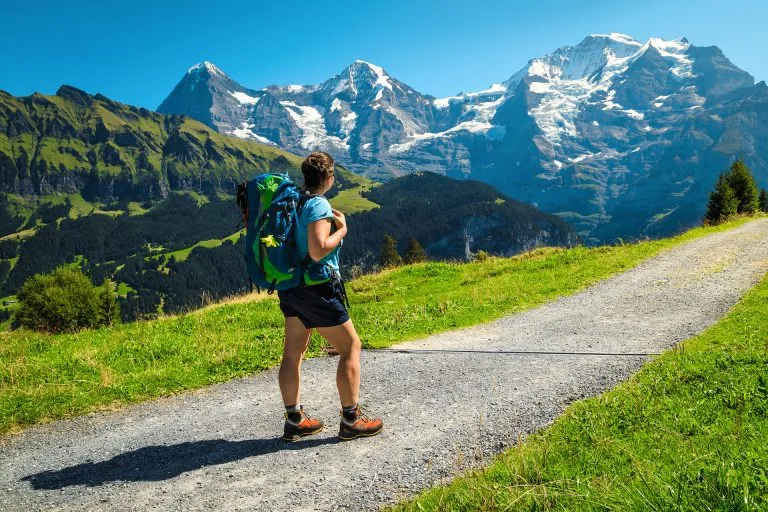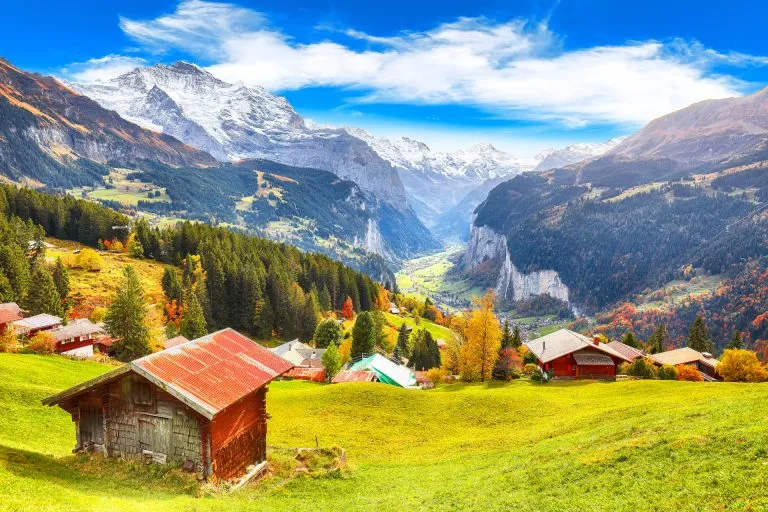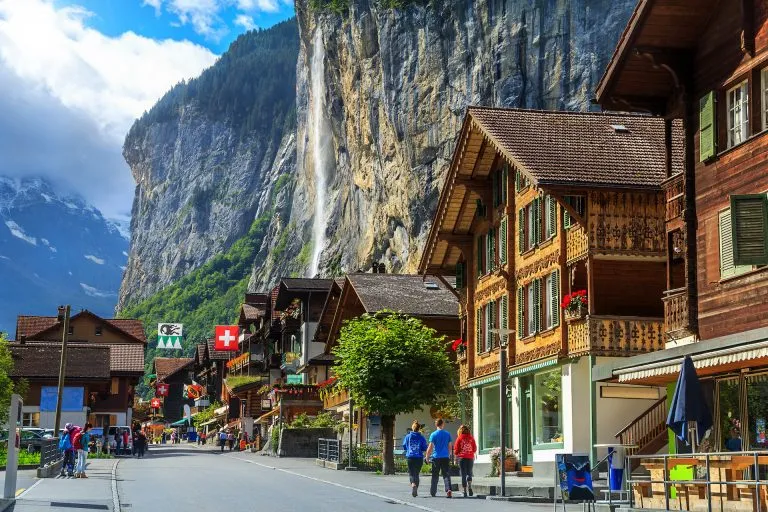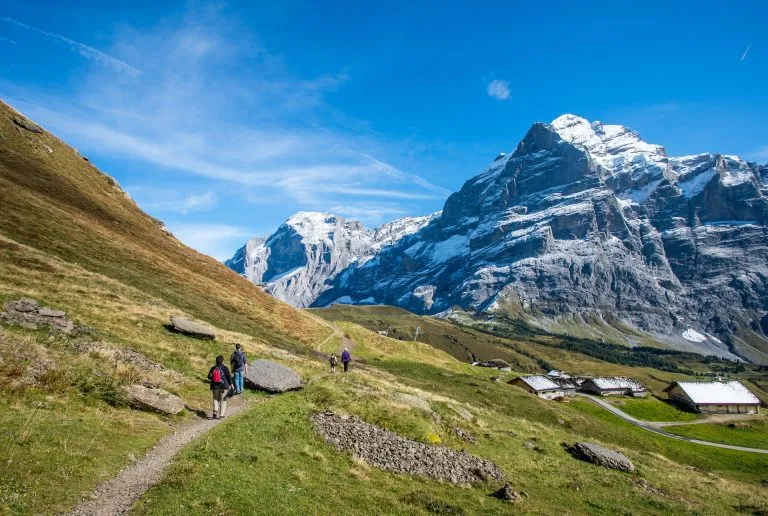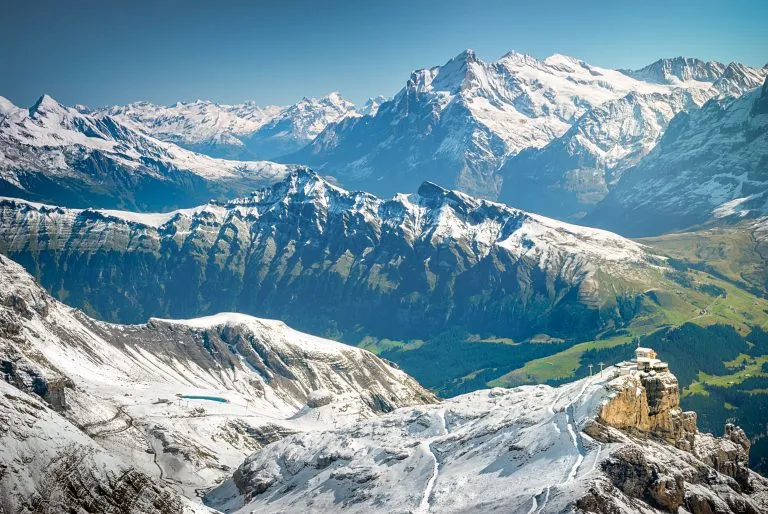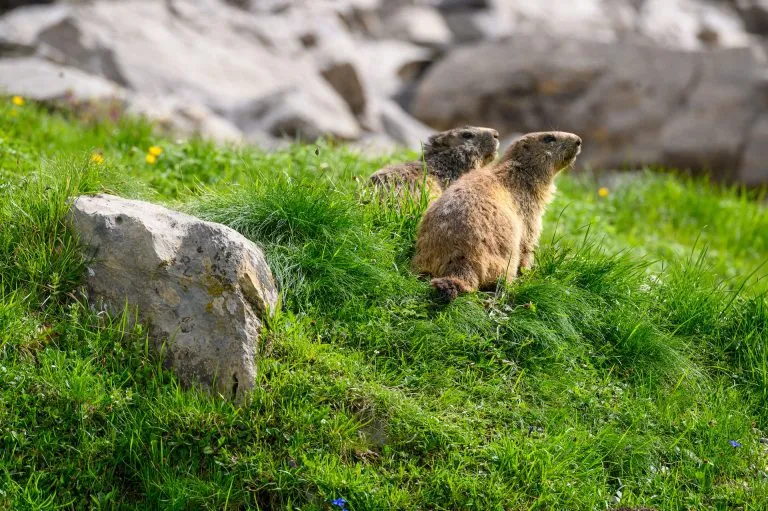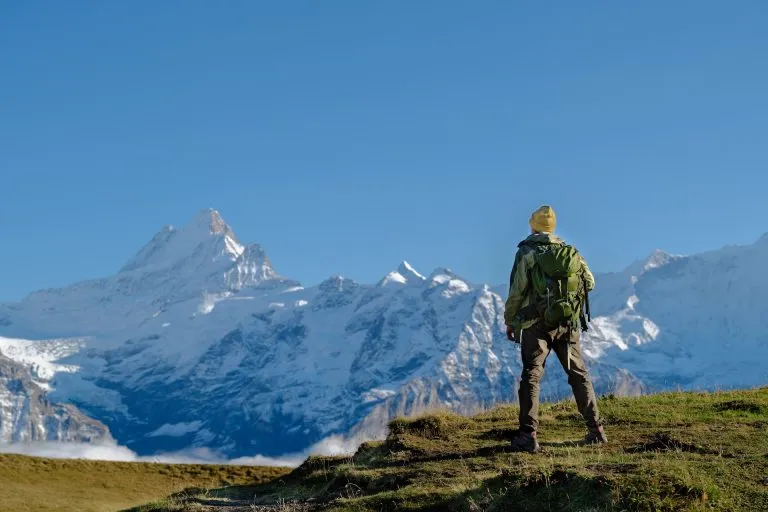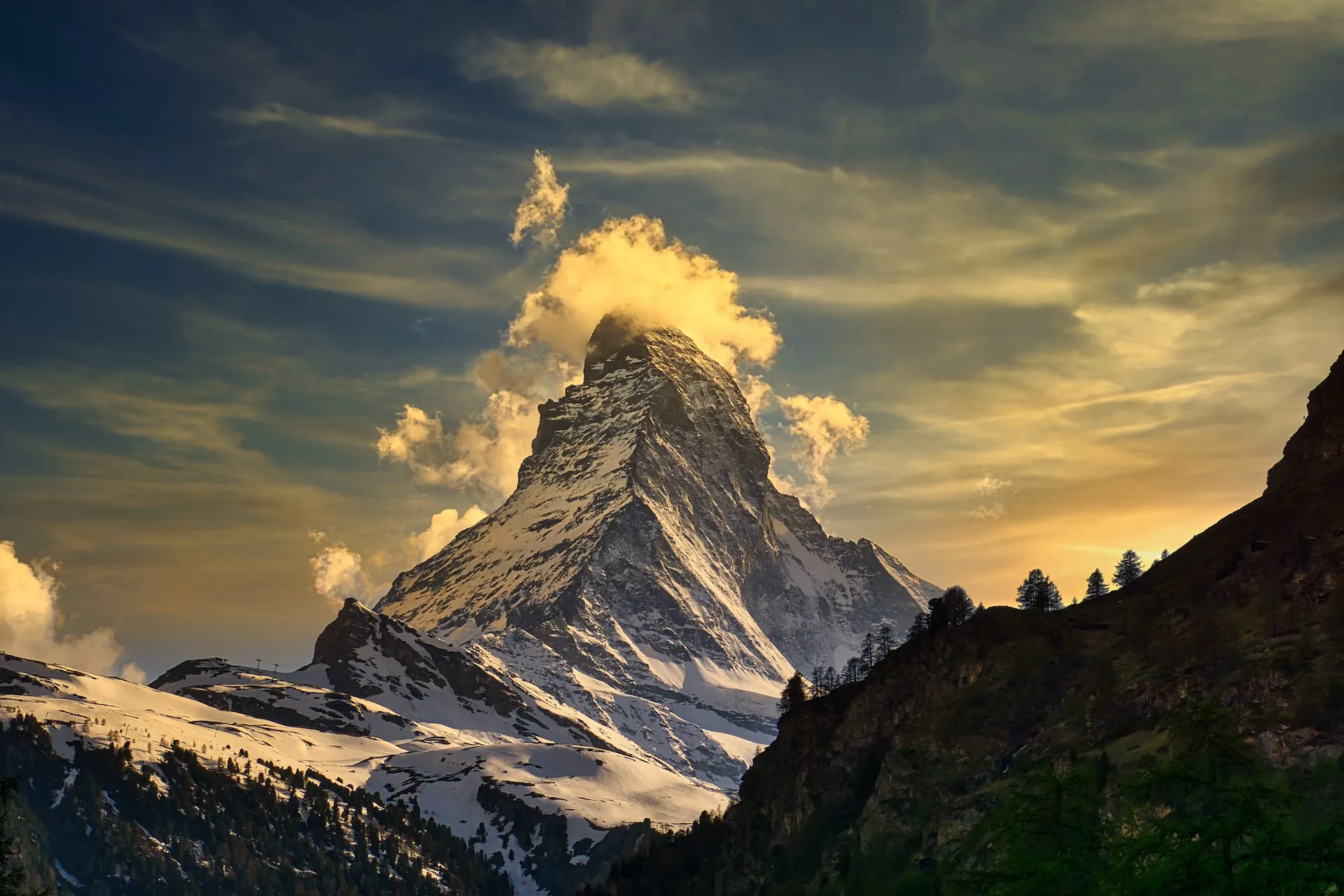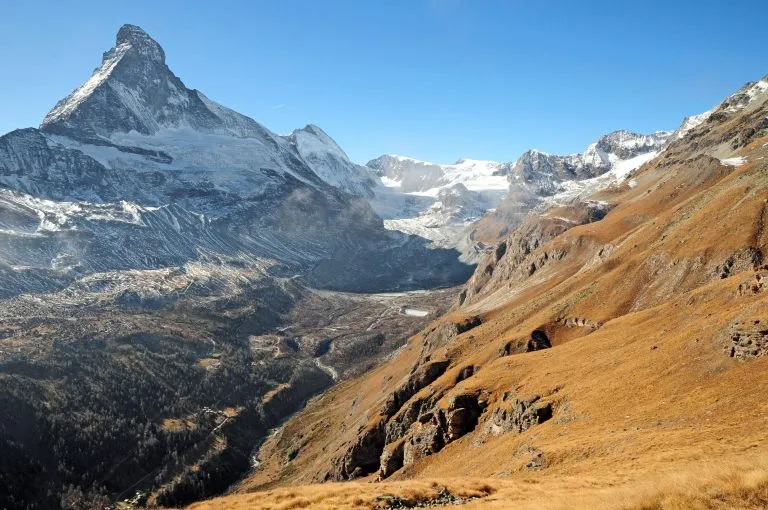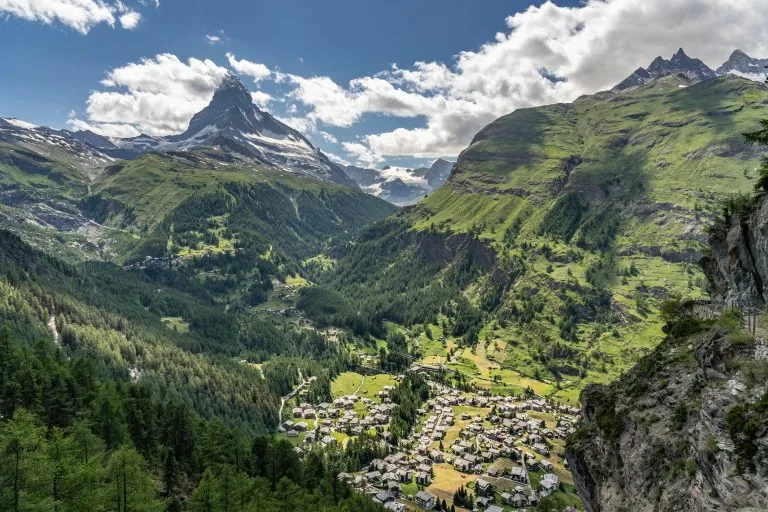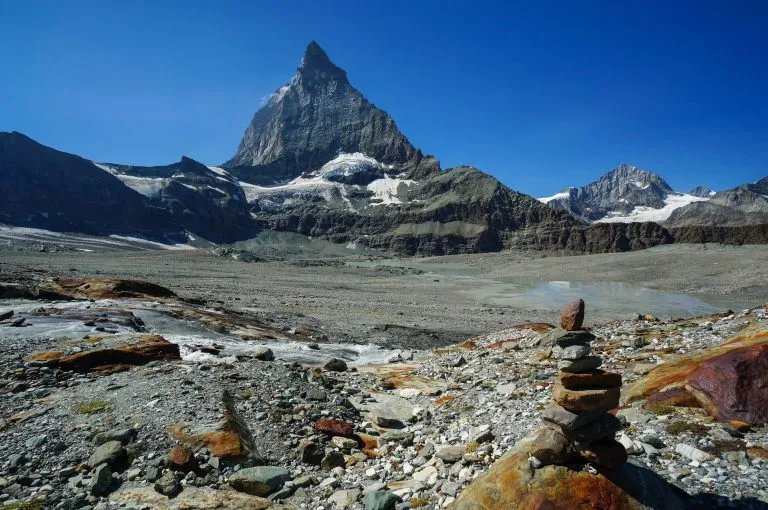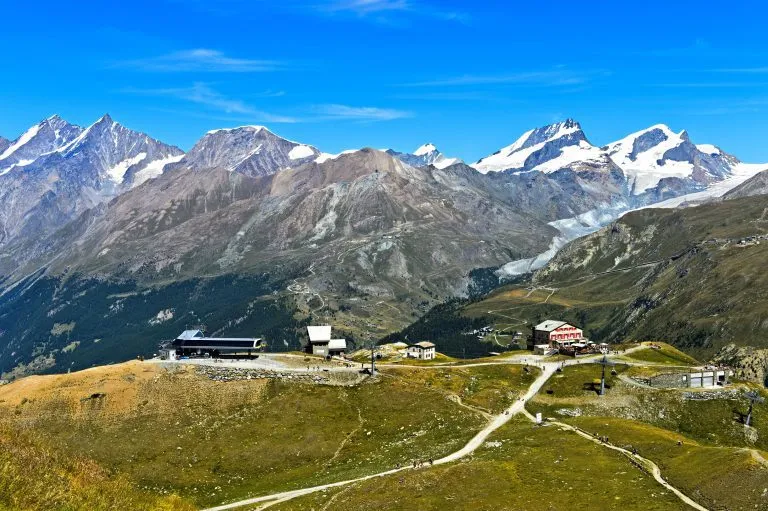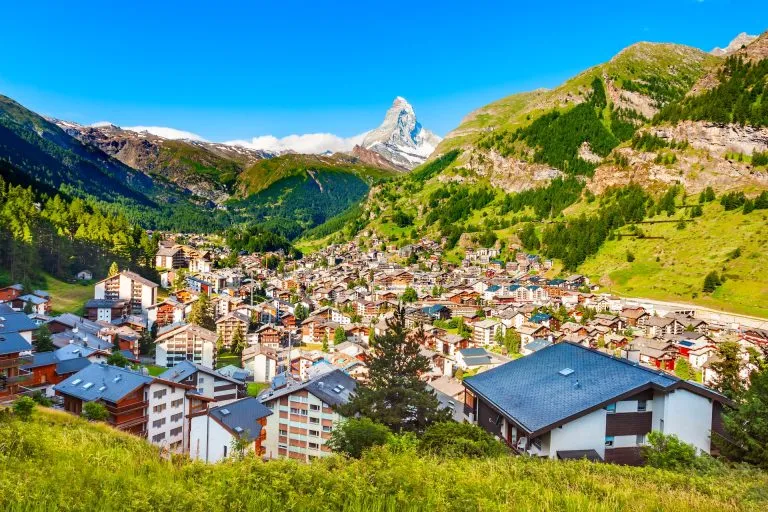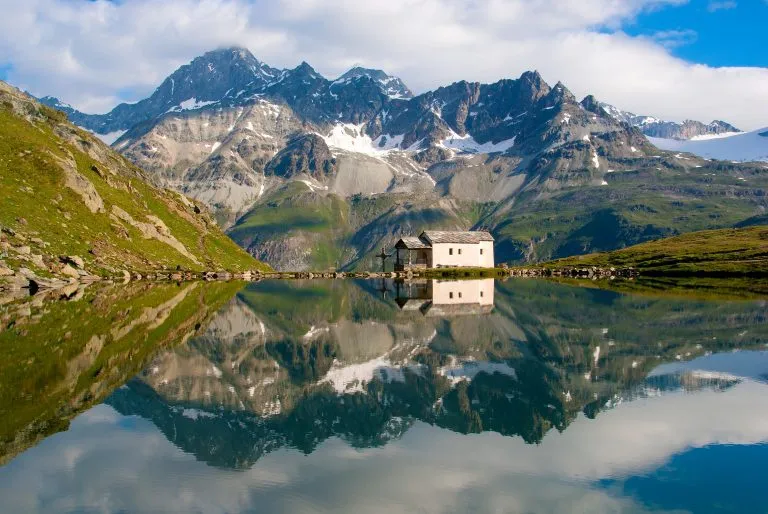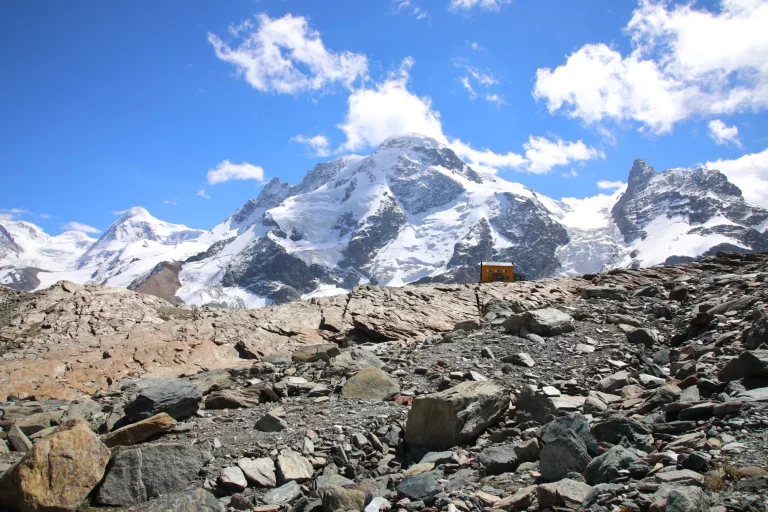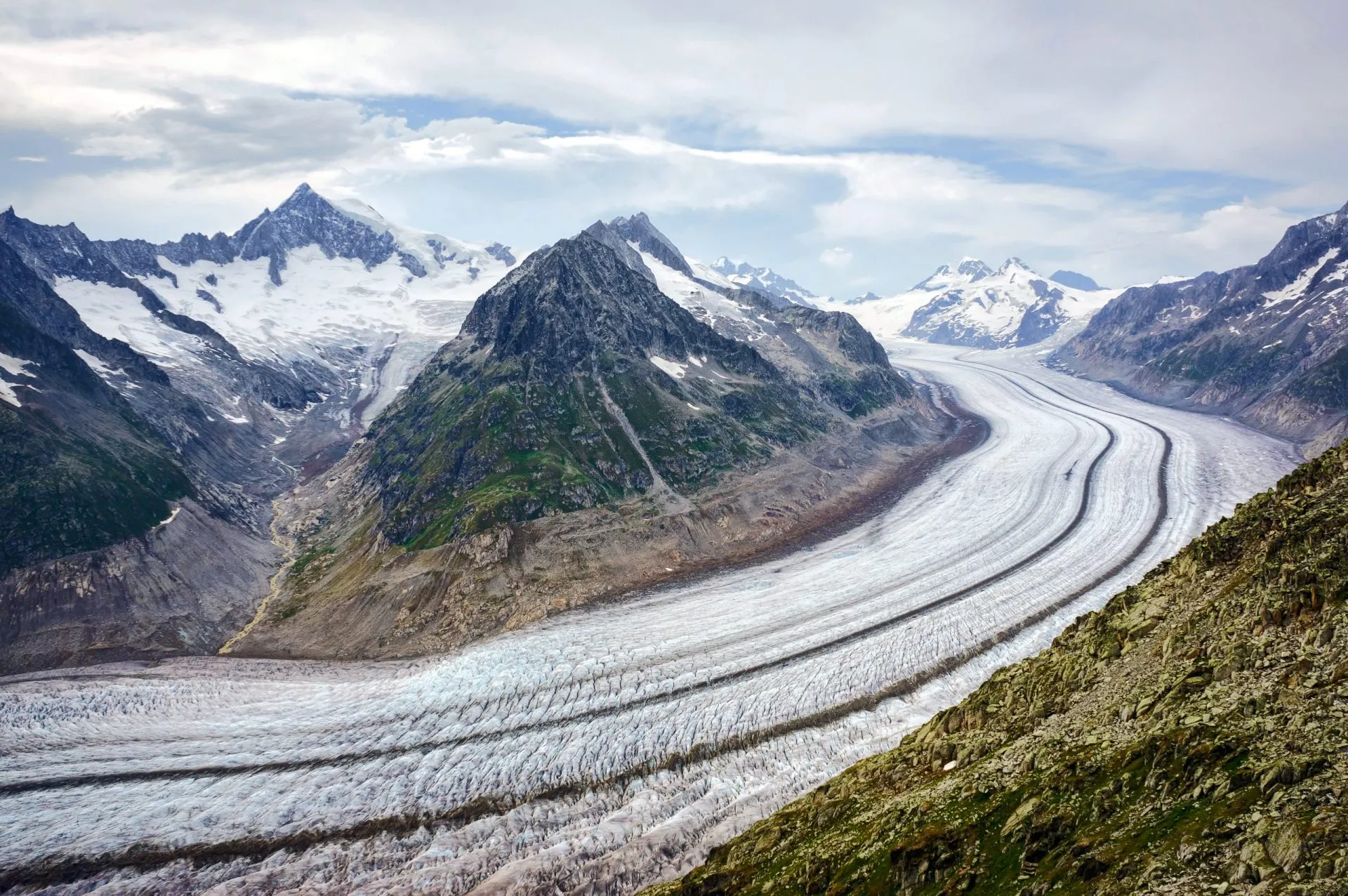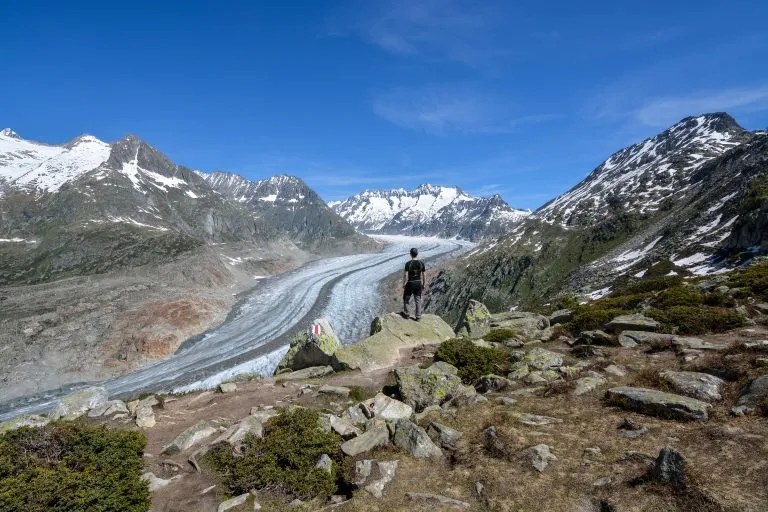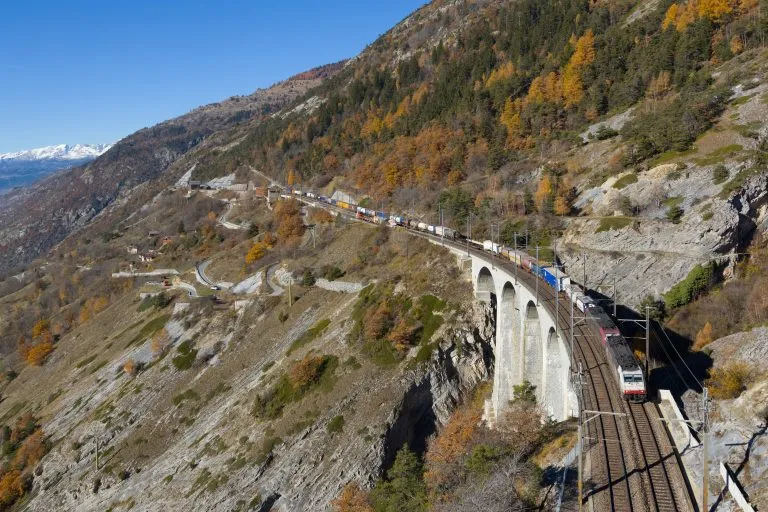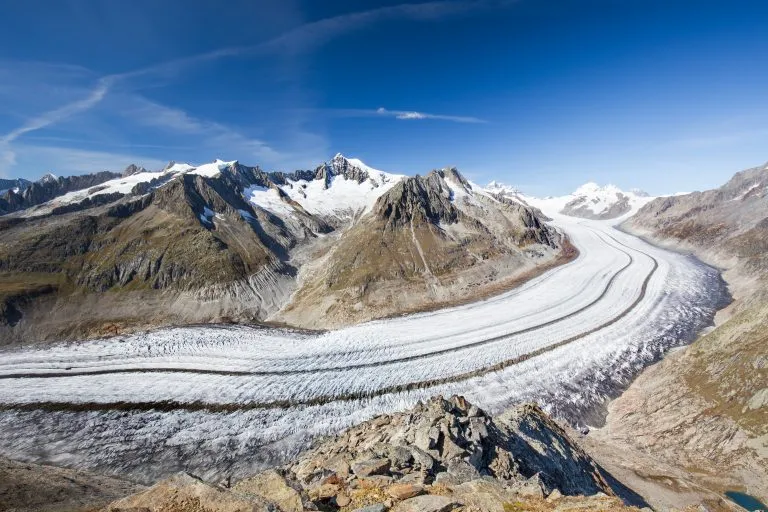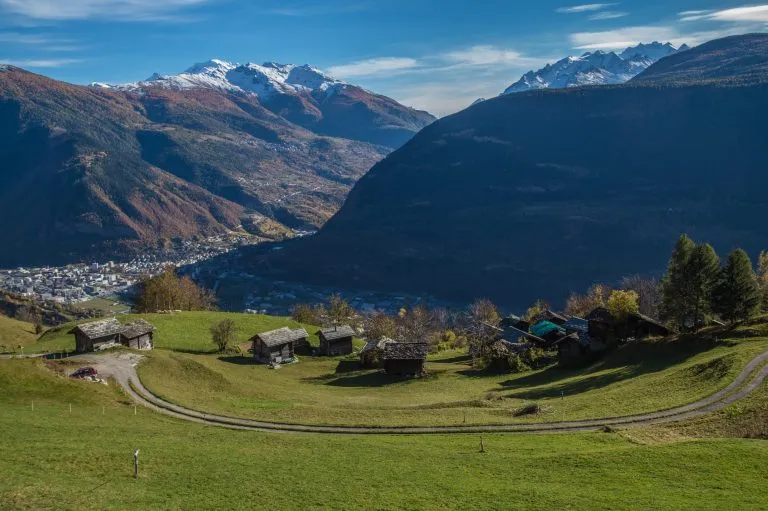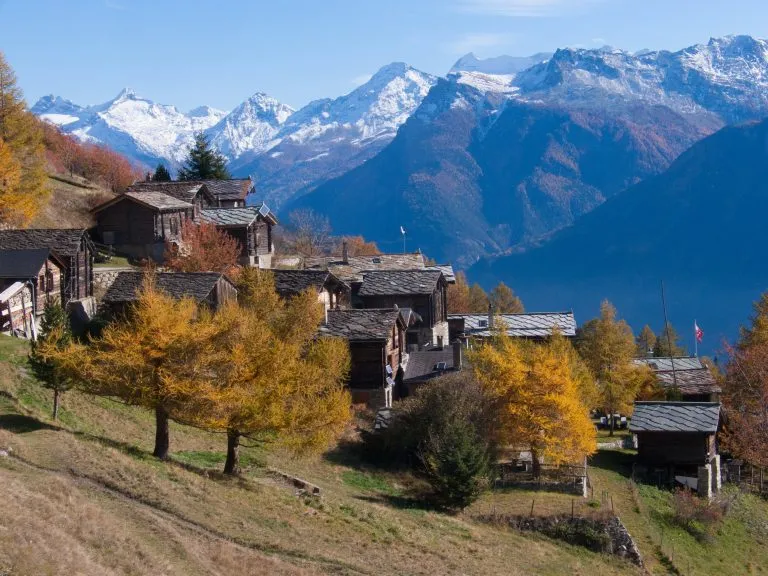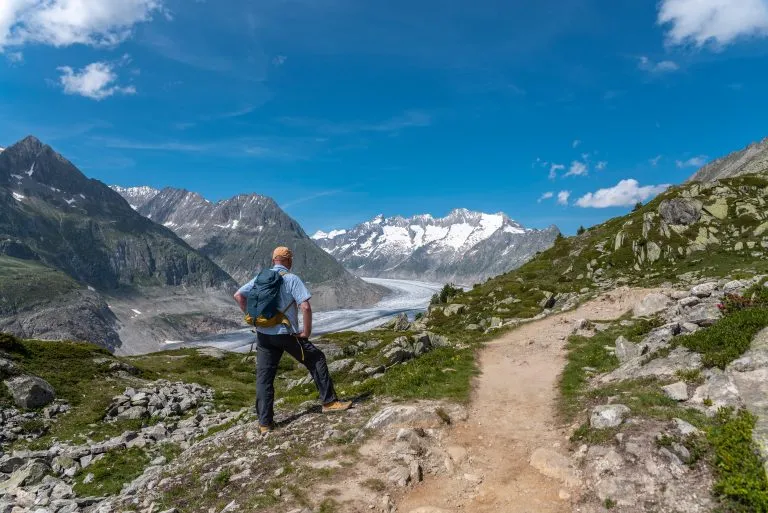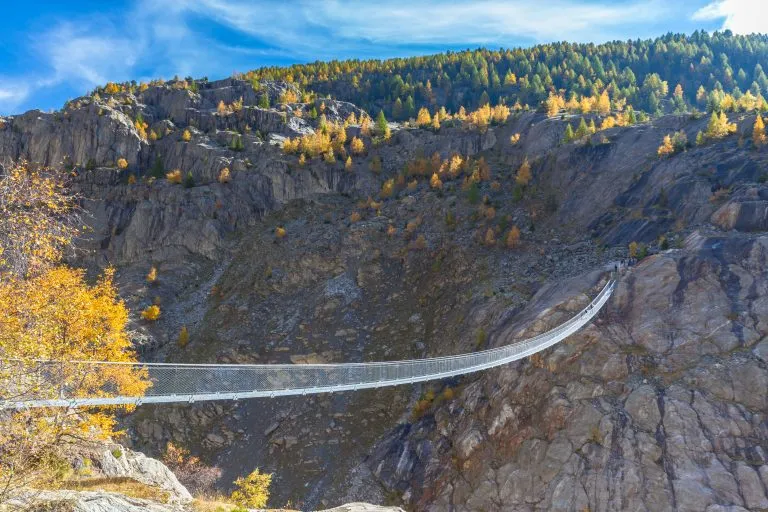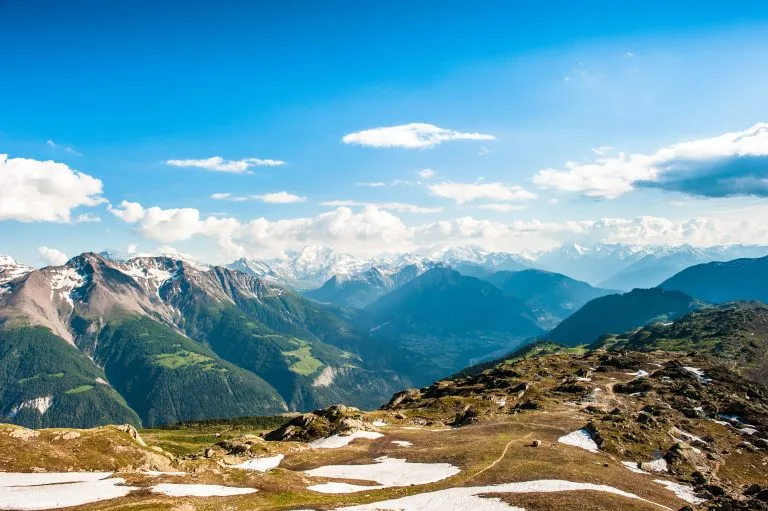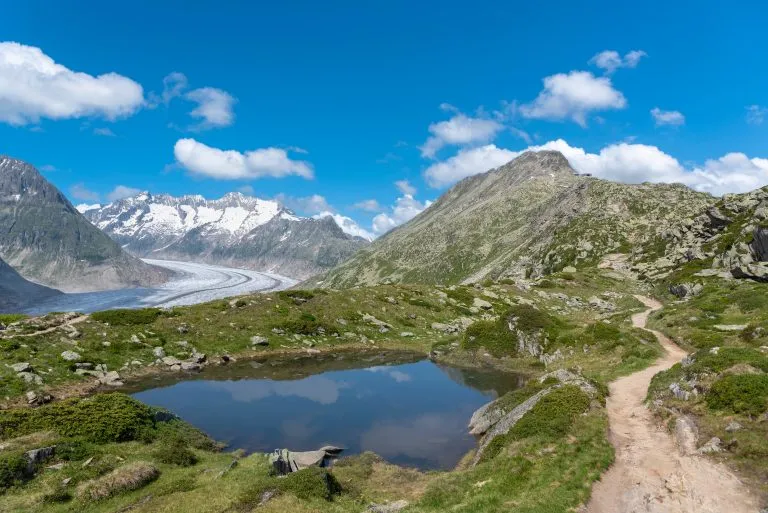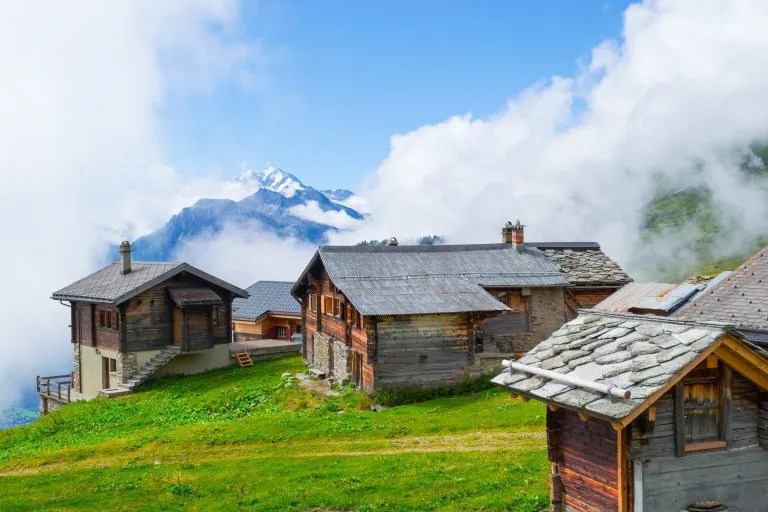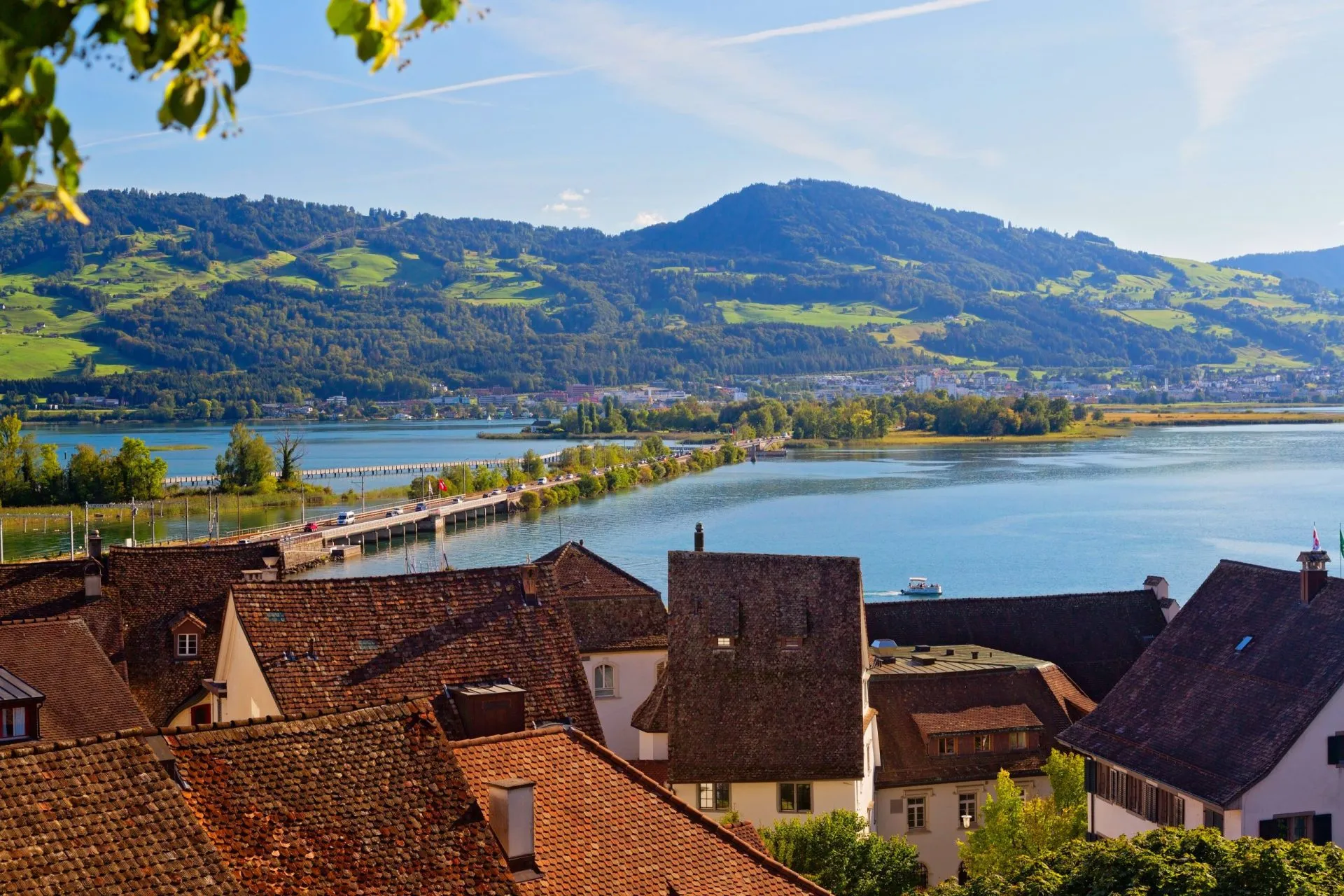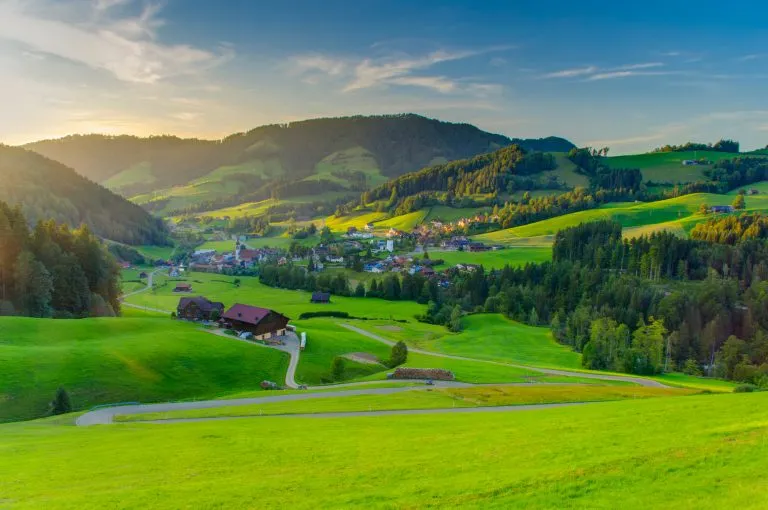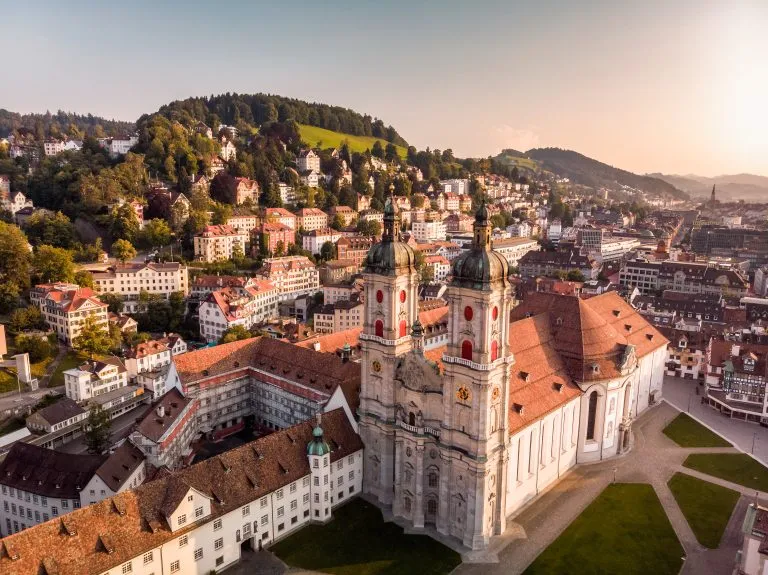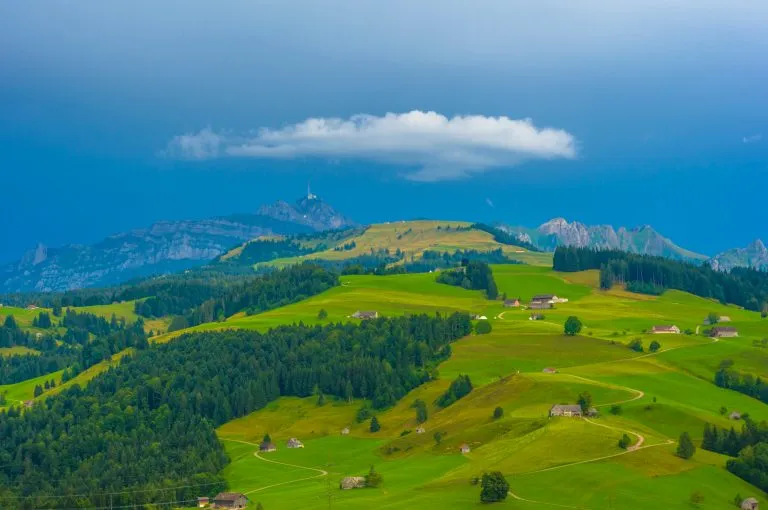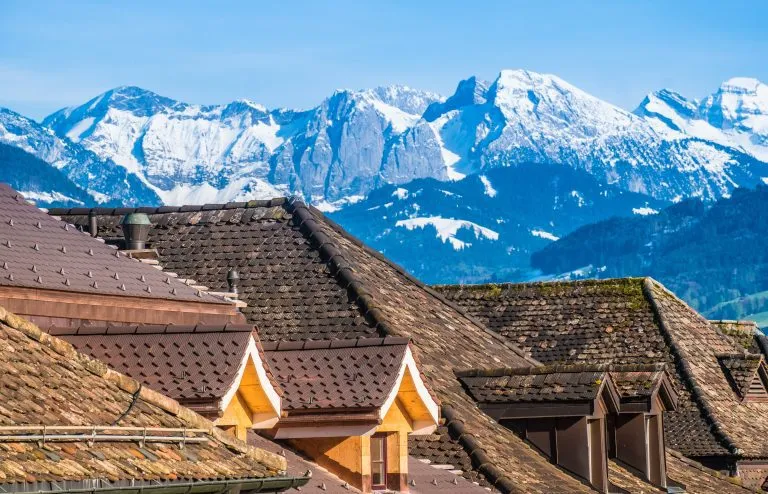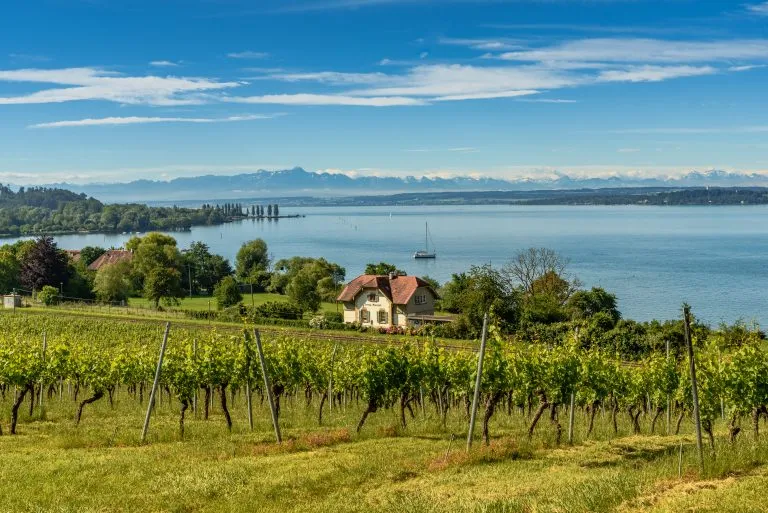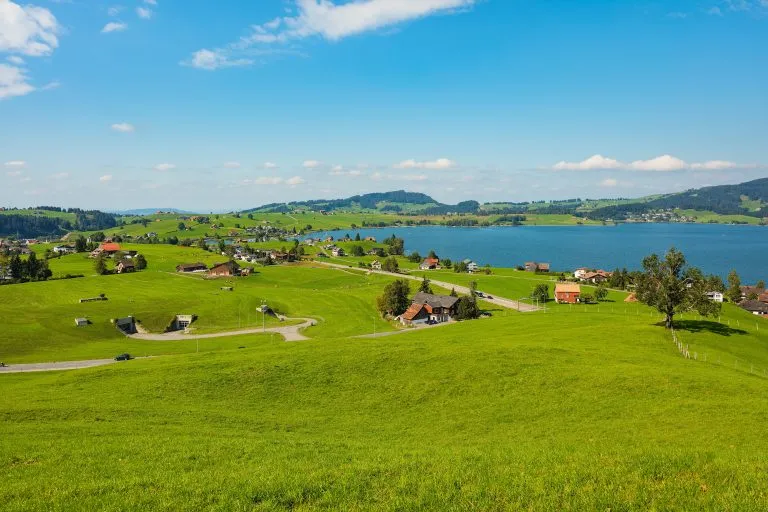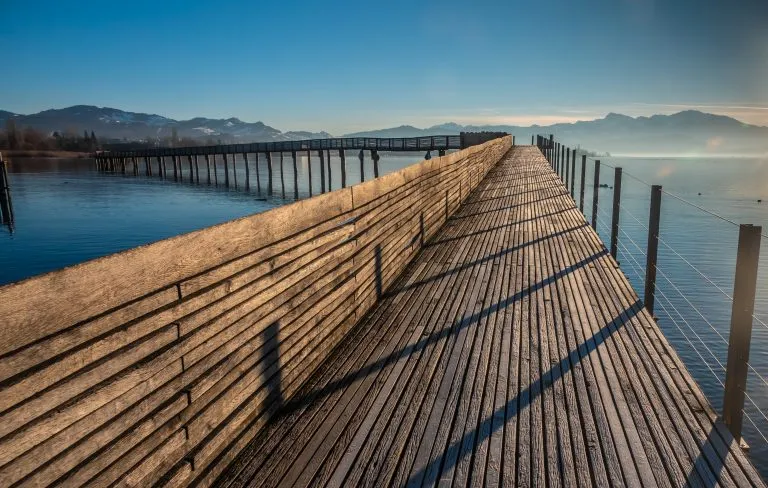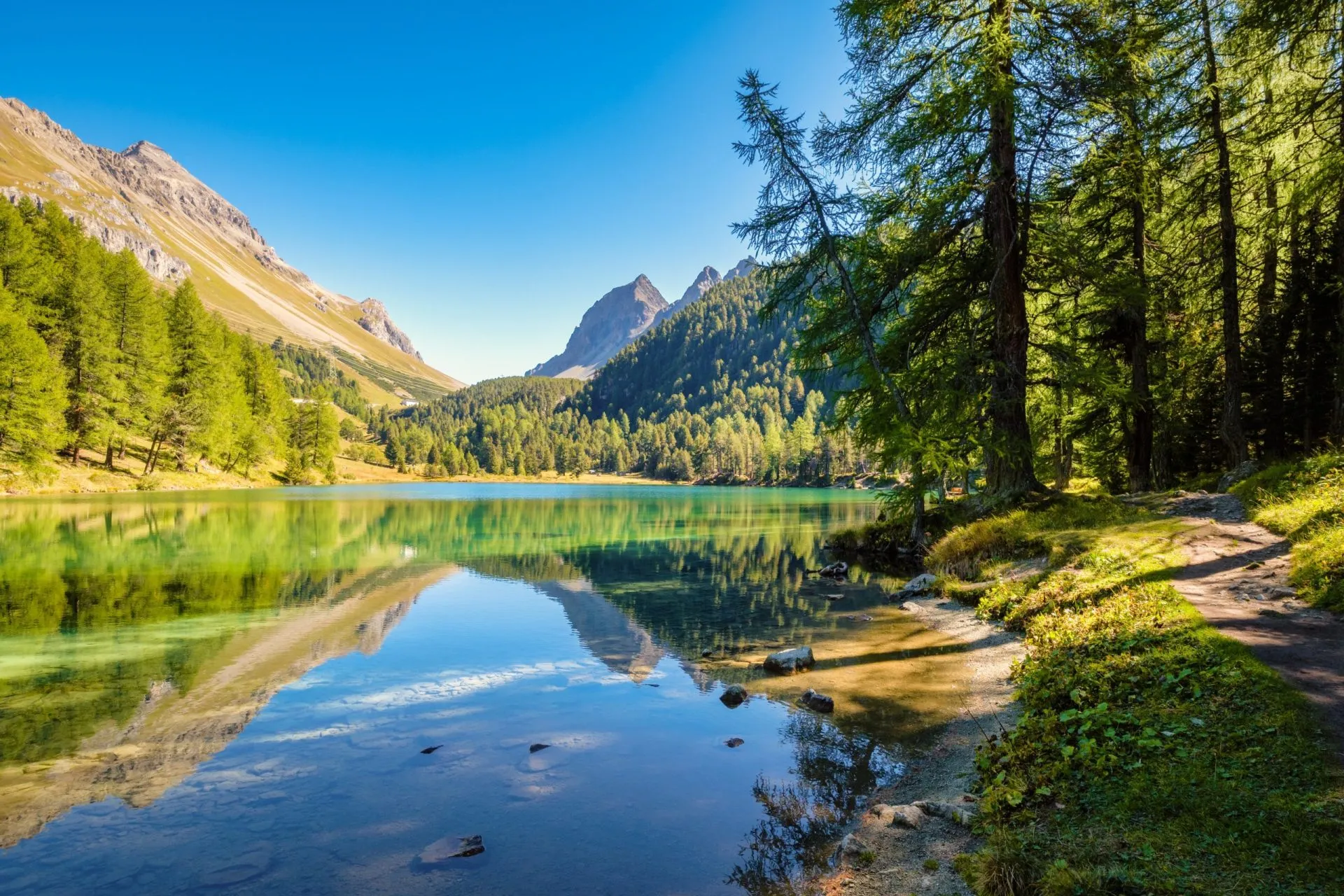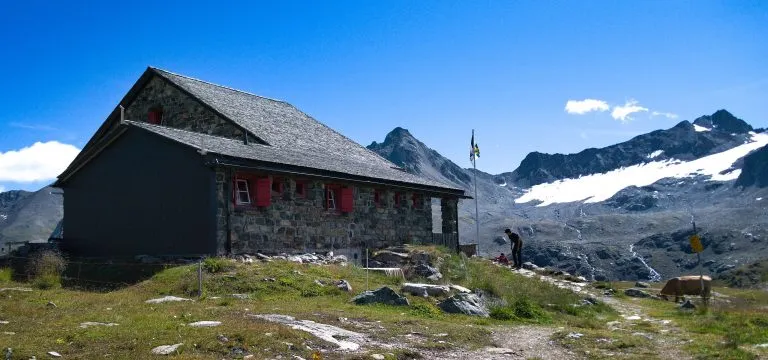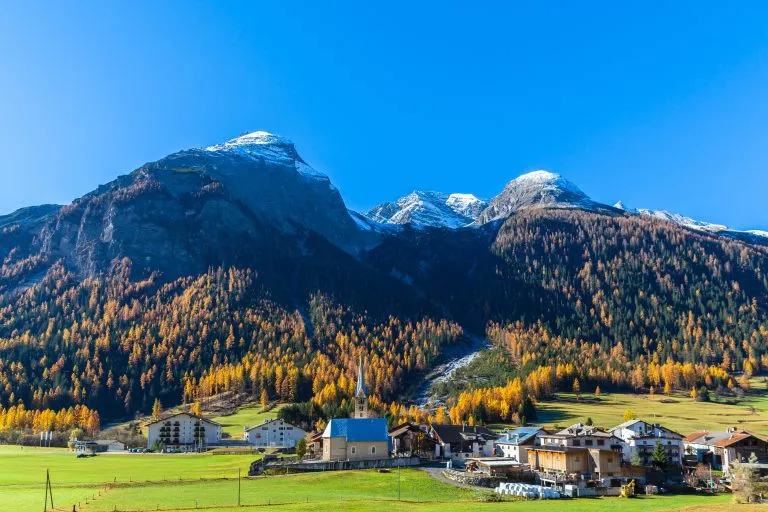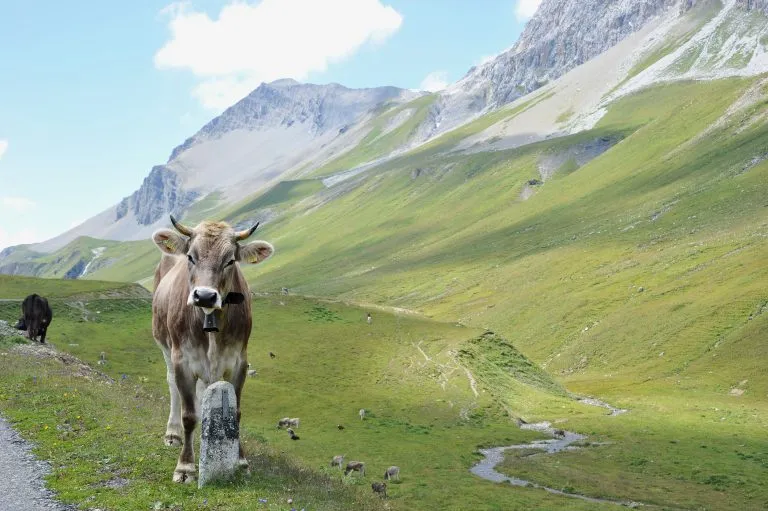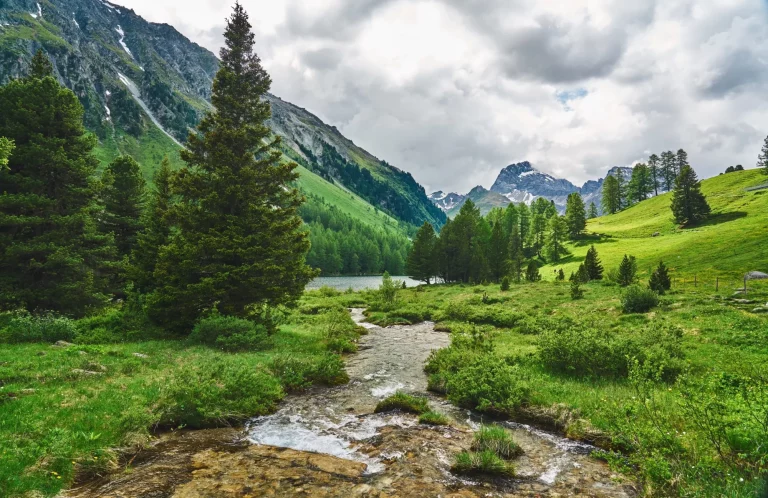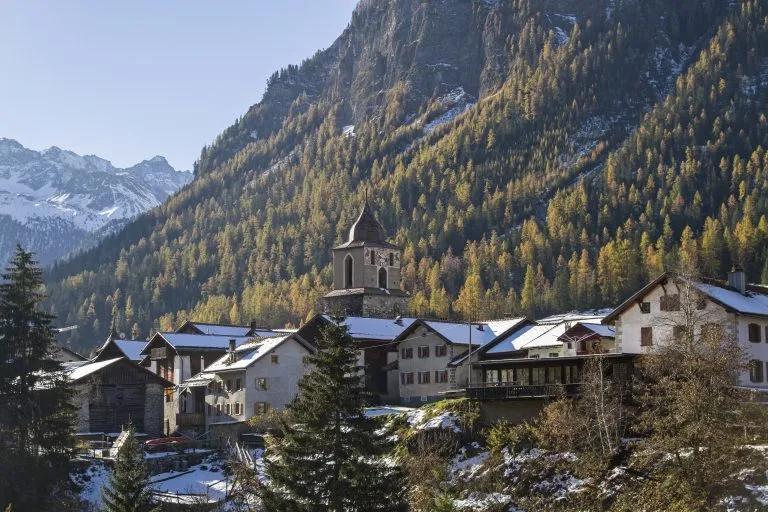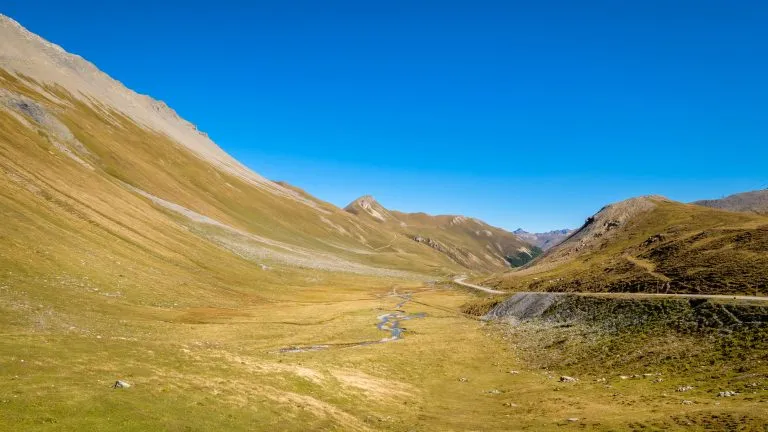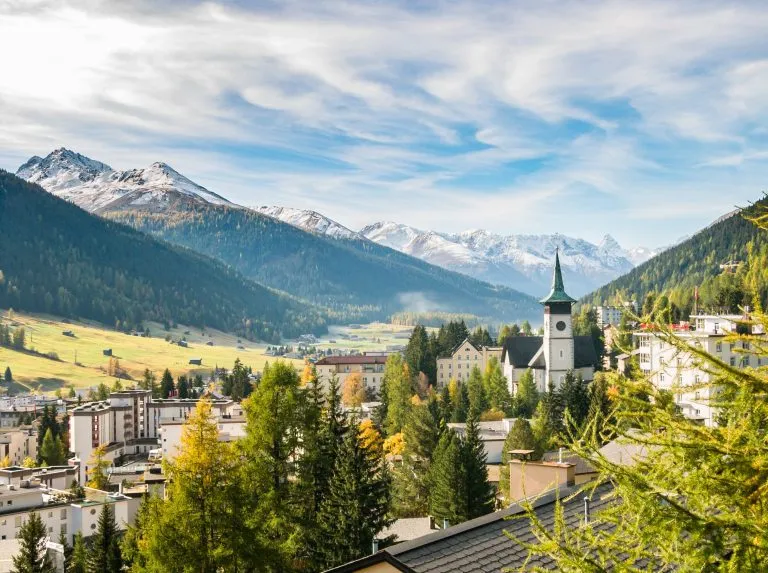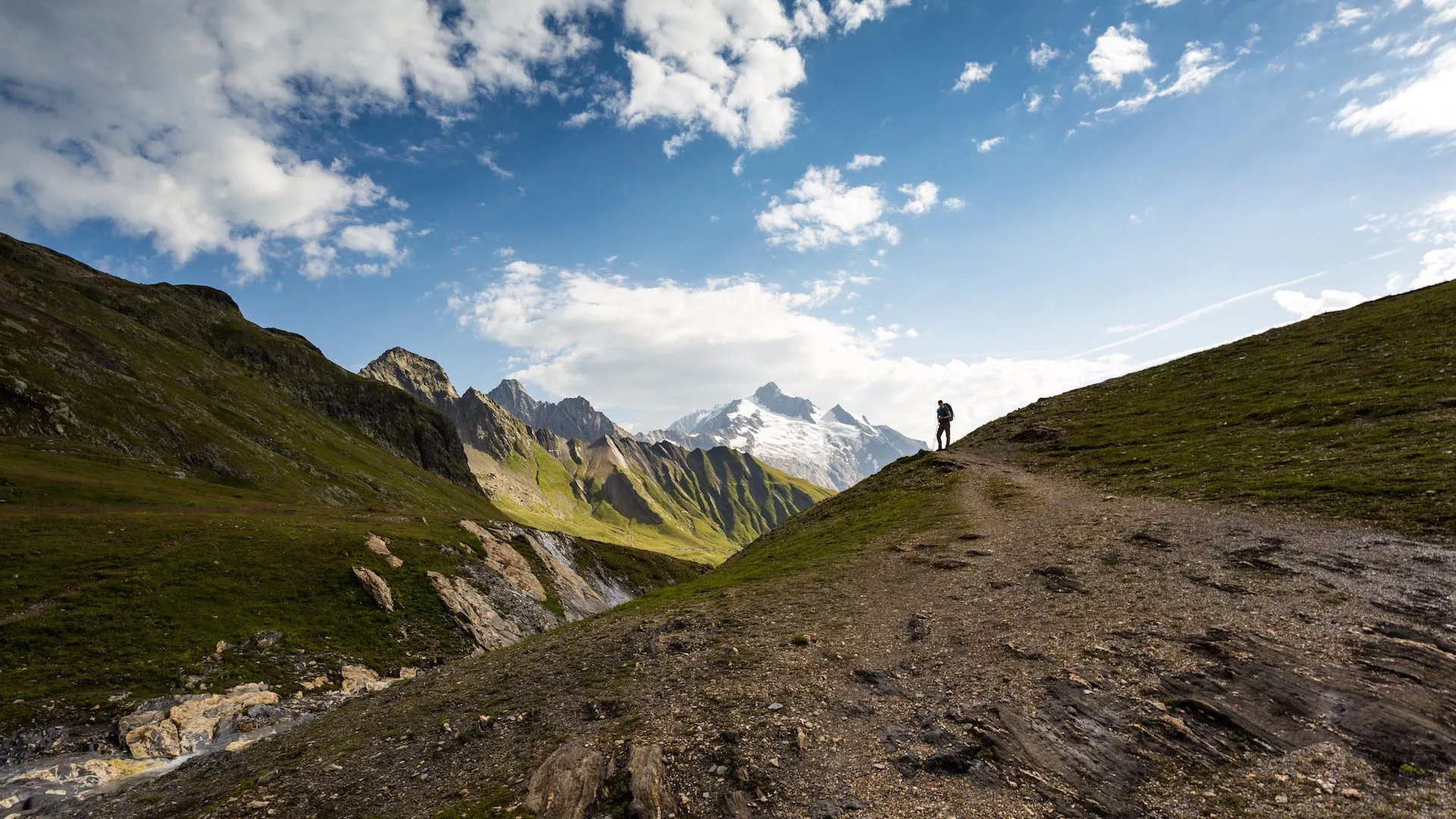
Tour du Mont Blanc Highlights — 5 Day Itinerary
Enjoy a 5-day version of the TMB without sacrificing your entire week
Explore the most stunning stages of the trek in Italy, Switzerland, and France
Discover the outdoor adventure capital of Chamonix, both starting and ending your journey there
Spend a night in a secluded mountain hut, indulging in delicious Alpine cuisine
Itinerary
The day is set aside for arrival, with options to go to either Chamonix or directly to Courmayeur where the hike begins. Both towns offer ample outdoor gear stores, ensuring that you can obtain any missing equipment you may need.
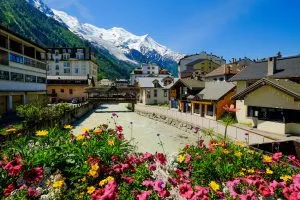
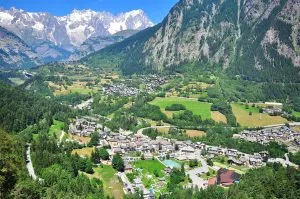
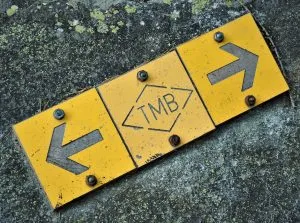
If staying in Chamonix, take a bus to Italy through the Mont Blanc Tunnel. If in Courmayeur, enjoy a leisurely morning.
The day begins with a walk through the alpine town, followed by a steep ascent up the mountain path. Stop for an espresso at Rifugio Bertone before making a choice:
- Take the classic TMB route along the mountain’s flank with panoramic views of the massif and Val Ferret, or
- For good weather, hike higher and reach the mountain ridge for a peaceful, scenic experience on one of the TMB’s most serene parts. Traverse the ridge of Mont de la Saxe and take in all the stunning 360-degree views.
End the day with a descent to Rifugio Bonatti, a mountain hut with breathtaking views of Mont Blanc.
12 km; 1080 m of elevation gain and 280 m of elevation loss
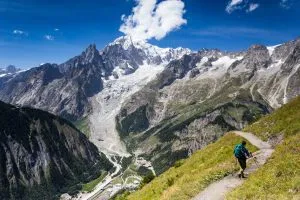
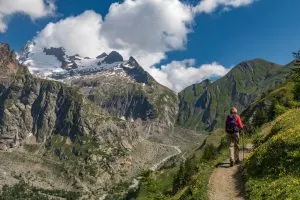
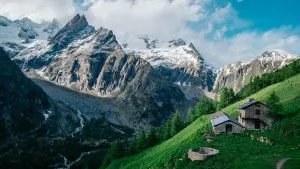
After breakfast, head down to Val Ferret. Hike towards Grand Col Ferret and cross into Switzerland, marking a change in the landscape. Take in the stunning views of Grand Combin and Grande Jorasses before descending into the Alpine village of La Fouly. Here, look for Mount Dolent, the tri-border between France, Italy, and Switzerland, before taking the bus to the lake town of Champex-Lac where you’ll spend the night at an auberge.
18 km; 910 m of elevation gain and 1340 m of elevation loss
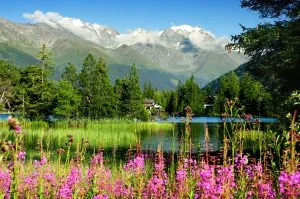
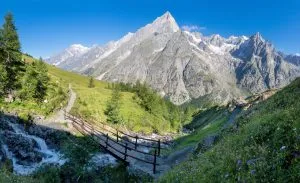
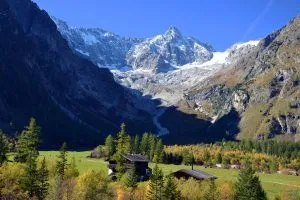
Choose from two options to spend your last day in Switzerland:
- Option 1: Ascend Col de la Forclaz for views of the Rhone Valley. This is the easier route, offering a scenic circumvention of the mountain with breathtaking views of Val Valais.
- Option 2 (for good weather and energetic legs): Cross Fenetre d’Arpette for a more challenging, yet scenic and wild, experience.
Both options ultimately lead to Trient, where you’ll stay at a cozy auberge.
15 km; 860 m of elevation gain and 1030 m of elevation loss
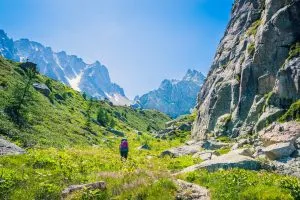
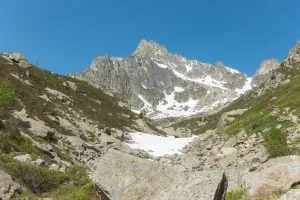
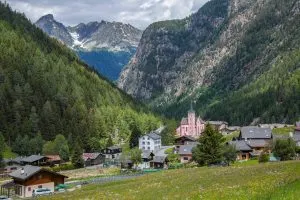
Begin the day with an ascent to Col du Balme, where the end of the journey is in sight. From the refuge, take in the breathtaking views of the entire Chamonix Valley. Continue into France towards Col des Posettes and the ridge of the same name. Marvel at the stunning views of some of the massif’s most iconic parts to the left while making a steep descent to Montroc. From there, board the train back to Chamonix and conclude the trip by 4 pm.
Enjoy free time in the evening, either in Geneva for an evening flight or in Chamonix for celebration. Let us know in advance for assistance in planning.
13.5 km; 1150 m of elevation gain and 1060 m of elevation loss
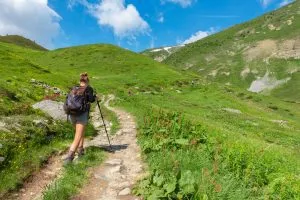
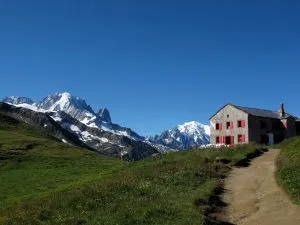
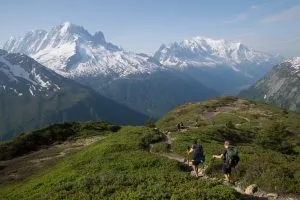
Self guided
Included in price
Optional Extras
Description
The Tour du Mont Blanc, one of the world’s most iconic hiking trails, is finally within reach! Enjoy a compact version of the TMB, hiking through three countries and taking in the best parts of the trail.
This Tour du Mont Blanc Walking Holiday is designed to give you the chance to explore the diverse alpine landscapes and see the famous Mont Blanc, glaciers, mountain peaks, valleys, and pastures. Experience the local culture and cuisine by staying in peaceful mountain huts, boutique hotels, and authentic auberges.
We want to make it as stress-free and enjoyable as possible, so we’ll take care of all the logistics, including booking accommodations. A detailed itinerary complete with GPS routes will be sent to you a few weeks before your trip, so all you need to do is set off and enjoy the journey.
Don’t miss this opportunity to make your Tour du Mont Blanc dream a reality. If you’re ready for an unforgettable adventure, inquire about the tour today!
Map
Start planning today!
Things to know
Hiking in light rain can be done comfortably with the right clothing, but it’s important to understand that hiking during a storm can pose serious risks. To avoid the threat of thunderstorms, it’s advisable to plan your hikes for early in the day during the summer. If the weather forecast predicts extreme conditions, it’s recommended to either change the hike date or seek alternative tour options, which we’d be happy to help you with.
Most of the accommodations offer vegetarian and vegan options for breakfast. You also will not have any trouble finding such menus at restaurants. When you eat at mountain huts, though, they might not serve vegan meals. In such cases, it is best to bring your own food. Either way, tell us in advance and we’ll find a solution together.
Yes, children are welcome to participate in our walking tours, provided they are physically fit and have good footing. To guarantee the safety and enjoyment of young participants, we suggest a minimum age of eight years old to join the tours.
Having the right footwear is crucial for hiking in Switzerland. We highly recommend wearing sturdy hiking shoes with ankle support for all of our tours. The terrain in the Swiss Alps can be uneven, rocky, and slippery, so it’s important to avoid wearing sneakers, which could increase the risk of injury, especially if you are not experienced in hiking on such terrain.
Having a car can be a convenient way to get around, but it’s definitely not necessary. The public transportation system in Switzerland and the entire Alps is really well-organized and makes it easy to travel from place to place, even across different countries.
Plus, using public transportation is a great way to support sustainable tourism and help preserve the beautiful environment of Switzerland. So don’t stress too much about having a car – the options for getting around are plenty.
It’s important to keep in mind that the Swiss Alps are a highly sought-after tourist destination year-round, and accommodations can fill up quickly. Booking early is essential to secure the housing of your choice, but we will always do our utmost to find the best possible lodging for you based on your preferences.
Getting to Switzerland is relatively easy, as the country is well-connected to the rest of Europe by air, train, and road. The two main international airports in Switzerland are Zurich and Geneva, which serve as hubs for several major airlines and connect to cities across the world. Trains are another popular mode of transportation, with several international trains arriving daily in major cities like Zurich, Geneva, and Bern. Driving to Switzerland is also an option, with several well-maintained highways connecting the country to neighboring countries. Regardless of your preferred mode of transportation, getting to Switzerland is convenient and hassle-free.
Our tours are well-organized and in an easily navigable country, so a guide may not be necessary. Our detailed handout along with the GPS routes will equip you with all the necessary information to enjoy your stay in Switzerland. However, if you prefer the comfort of having a guide, contact us, and we will arrange it for you.

Book now for guaranteed availability!
Self-guided
Hassle-Free
Book with Confidence
Tried & Tested Adventures
Unbeatable Support
Similar Switzerland Walking Holidays




